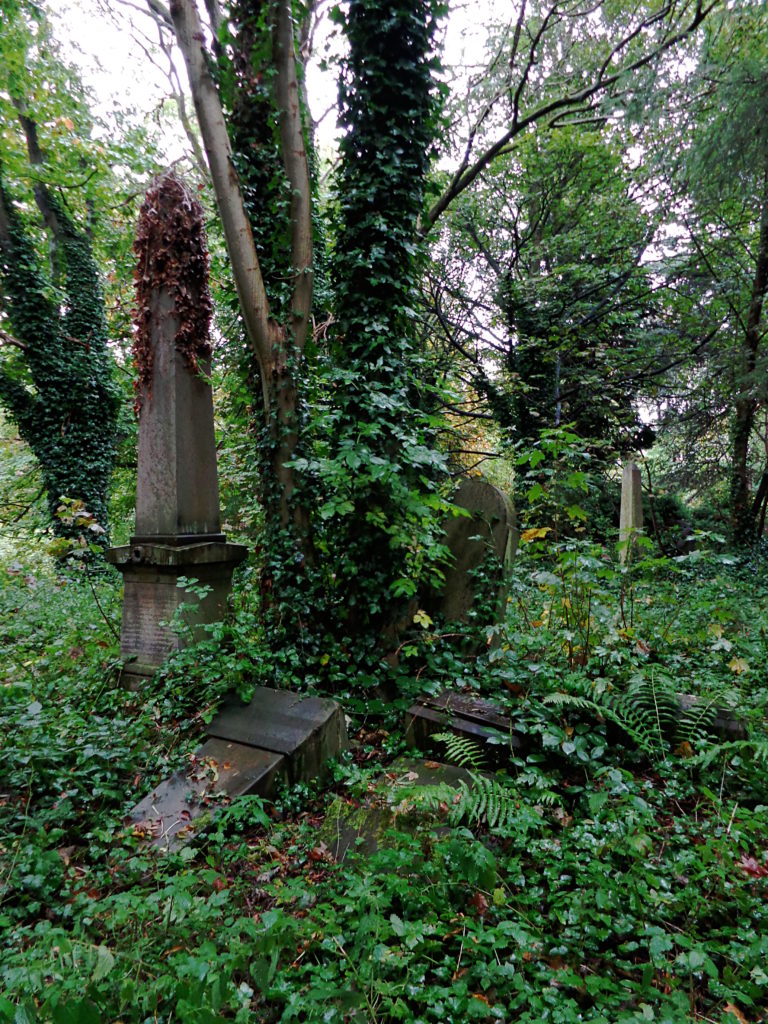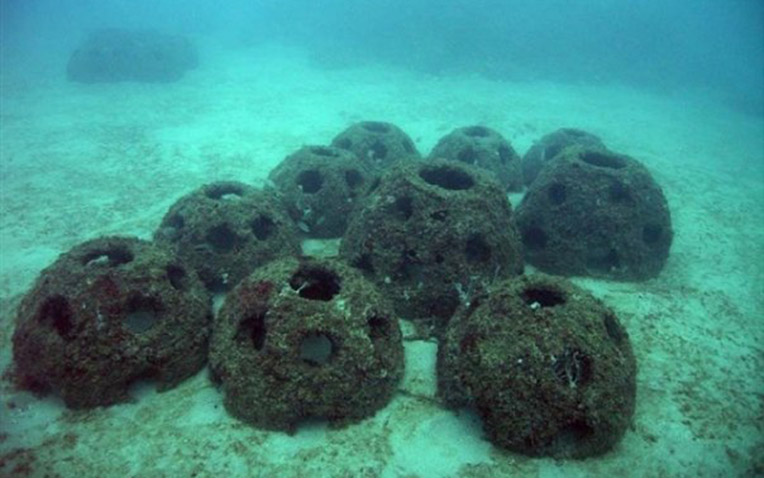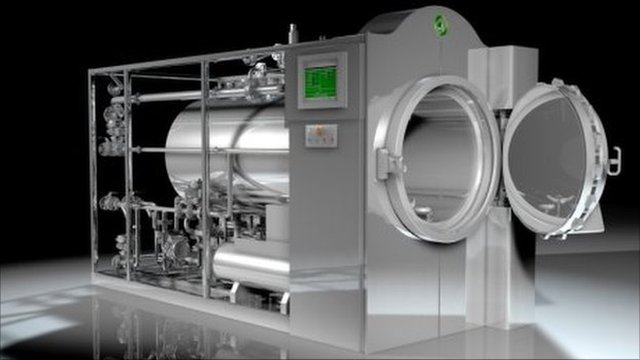Barring miracles, or some very rapid advances in medicine, at some stage, you’re going to die. Sad, but true. So let’s assume that you’ve tried to live as environmentally frugally as possible. How can you continue the effort to be sustainable when you yourself aren’t?

Not all funeral practices boil down to bury or burn. Some Indigenous groups in the Northern Territory put the body on top of a platform, cover it in leaves and let it decompose. Sustainable, but impractical in an urban area.
Vajrayana Buddhists in Mongolia and Tibet cut the body up, and place it on a mountaintop, exposing it to the elements — including vultures. The Zoroastrians of India and Iran have a similar practice, placing the dead in a dakhma, or tower of silence.
In areas of the Solomon Islands, prior to Western colonisation, bodies were left in canoes to decompose or placed on a reef for sharks to eat. The Masai of Kenya allow hyenas to dispose of the dead, and measure the person’s goodness by how long it takes the hyenas to eat their corpse – the sooner they’re devoured, the better they were.
Obviously, sustainable funerals can take many forms, but in practice, the options are limited, unless you’re prepared to search for unconventional but achievable solutions. This probably means pre-planning your funeral in some detail.
Australian regulations demand that a coffin be used for both burials and cremations, to prevent the escape of bodily fluids – although there are religious exemptions to this. Muslims, for example, must be buried in only a shroud.
At the very least, though, your coffin doesn’t need to waste wood. It’s now possible to get fully-compliant coffins made from heavy-duty recycled cardboard. So the question becomes: ‘Do you want to take up scarce space, or be responsible for a final emission of greenhouse gases?’
The space requirements for burial grounds are obvious, and a source of increasing friction in densely-populated areas. Cremated remains take up almost no space, but reducing a human body to ashes and bone fragments has a heavy energy cost. The average time for an adult cremation is 90 minutes at a temperature of between 800 and 1000°C. In fact, a cremator uses about 285 kWh of gas per cremation – roughly the same domestic energy demands as a single person for an entire month.
And that’s leaving aside your teeth. More access to dentistry means it’s more likely than ever that you’ll die with your own teeth. And for now, those teeth are likely to have mercury fillings. An average cremation will release between two and four grams of mercury. This can be avoided by burning at a higher temperature, but that increases greenhouse emissions. As yet, Australia hasn’t emulated the solar powered crematorium in India.
It’s all a worry. But if you want to plan ahead, there are a few other sustainable ways to dispose of your mortal remains.
The University of Technology Sydney is building a body farm, to study human decomposition. Since donating your body to a medical school is surprisingly difficult, donating it to forensic science is both an educational and sustainable alternative.
You might want to sleep with the fishes, literally. A US company will combine your ashes with environmentally-friendly concrete and make them part of an artificial reef. You’ll still have to be cremated, but creating habitat for reef fish mitigates the environmental cost a bit.

Or you might want to opt for a cremation alternative. There are a couple of kinds. There’s alkaline hydrolysis, also known as aquamation or resomation. The body is dissolved in a stainless-steel vat using a solution of water and potassium hydroxide (similar to oven cleaner) for four hours at 93°C until it’s reduced to a skeleton. The bones are soft and get crushed and returned like ashes. The residual liquid contains no DNA, and the procedure has only 5 to 10 per cent of the energy cost of cremation. It’s available in Australia.

If that sounds a bit grisly, how about freeze-drying? A Swedish company has a process that reduces a body to a powder, which is then buried in a corn-starch container and becomes compost within a year.
Otherwise, you could aim to live forever, or die in the attempt.
--
NOTES:
1. Photo: Gwlad Sas
